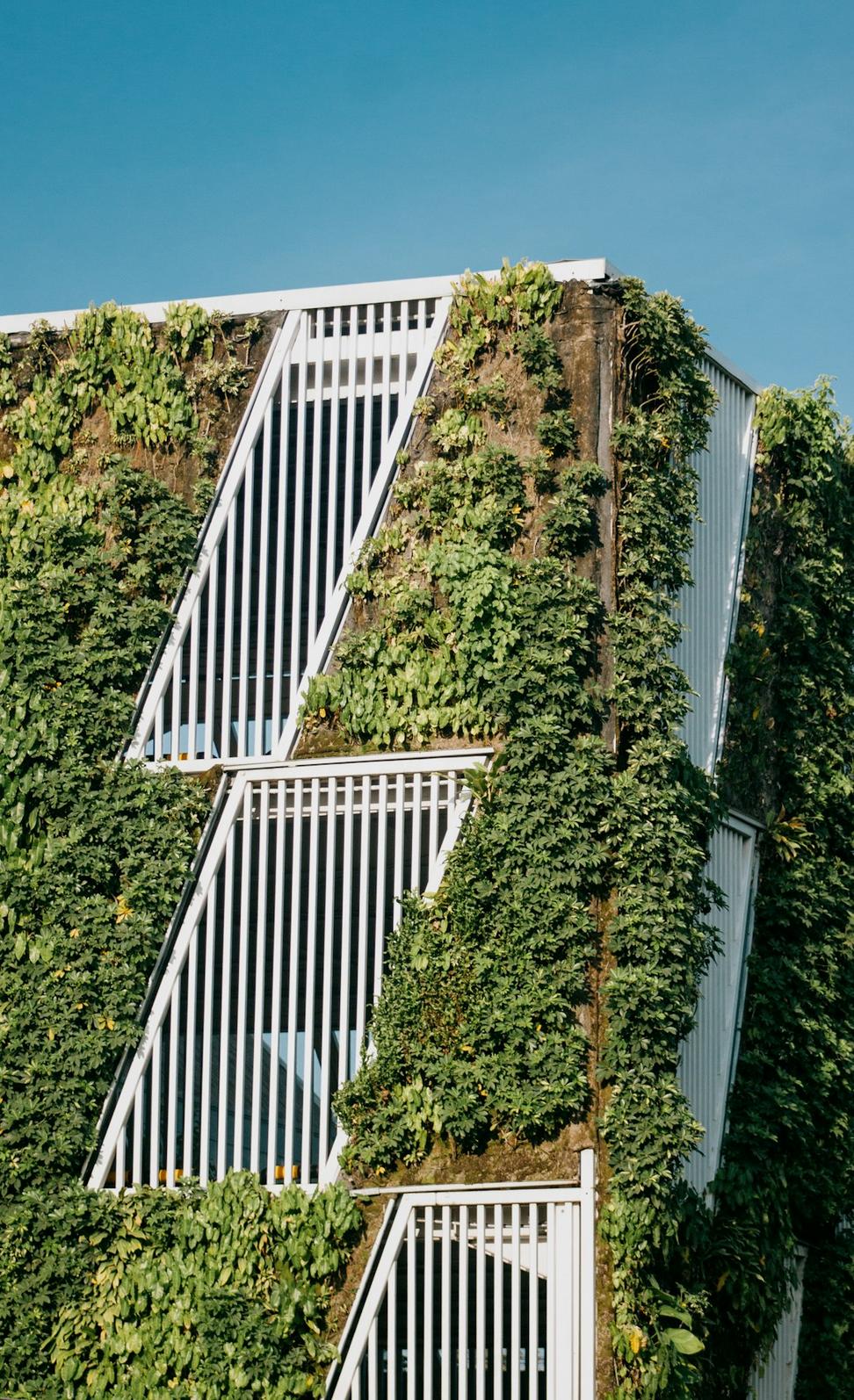
Building Green, Building Smart
We're not just designing buildings that survive fires—we're creating spaces that respect the planet while keeping you safe
Look, I've been in this game long enough to see the shift. When I started, "green building" was mostly a marketing gimmick—slap some solar panels on a roof and call it a day. But things've changed, and frankly, they had to.
We've watched wildfires tear through communities year after year. Climate change isn't some distant threat—it's here, knocking on our doors. So we asked ourselves: how do we design buildings that protect people from fire and don't contribute to the problem that's making fires worse?
That's where our approach comes in. Fire-resistant doesn't mean energy-hungry. Sustainable doesn't mean vulnerable. We've spent years proving you can have both, and the results speak for themselves.
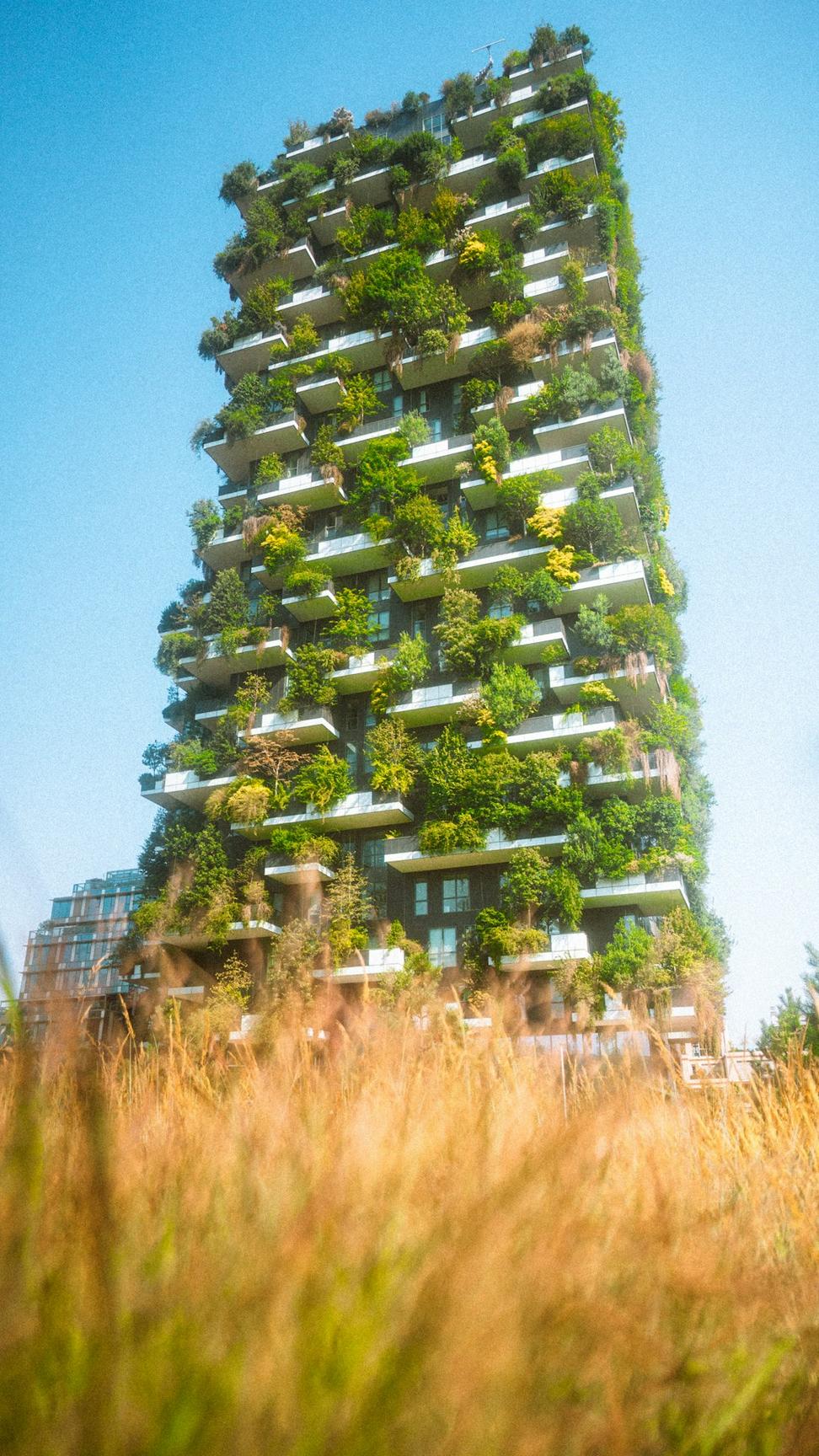
We don't just talk about sustainability—we've got the credentials to back it up
LEED Certified Projects
Gold Certifications
Platinum Achievements
Avg. Energy Reduction
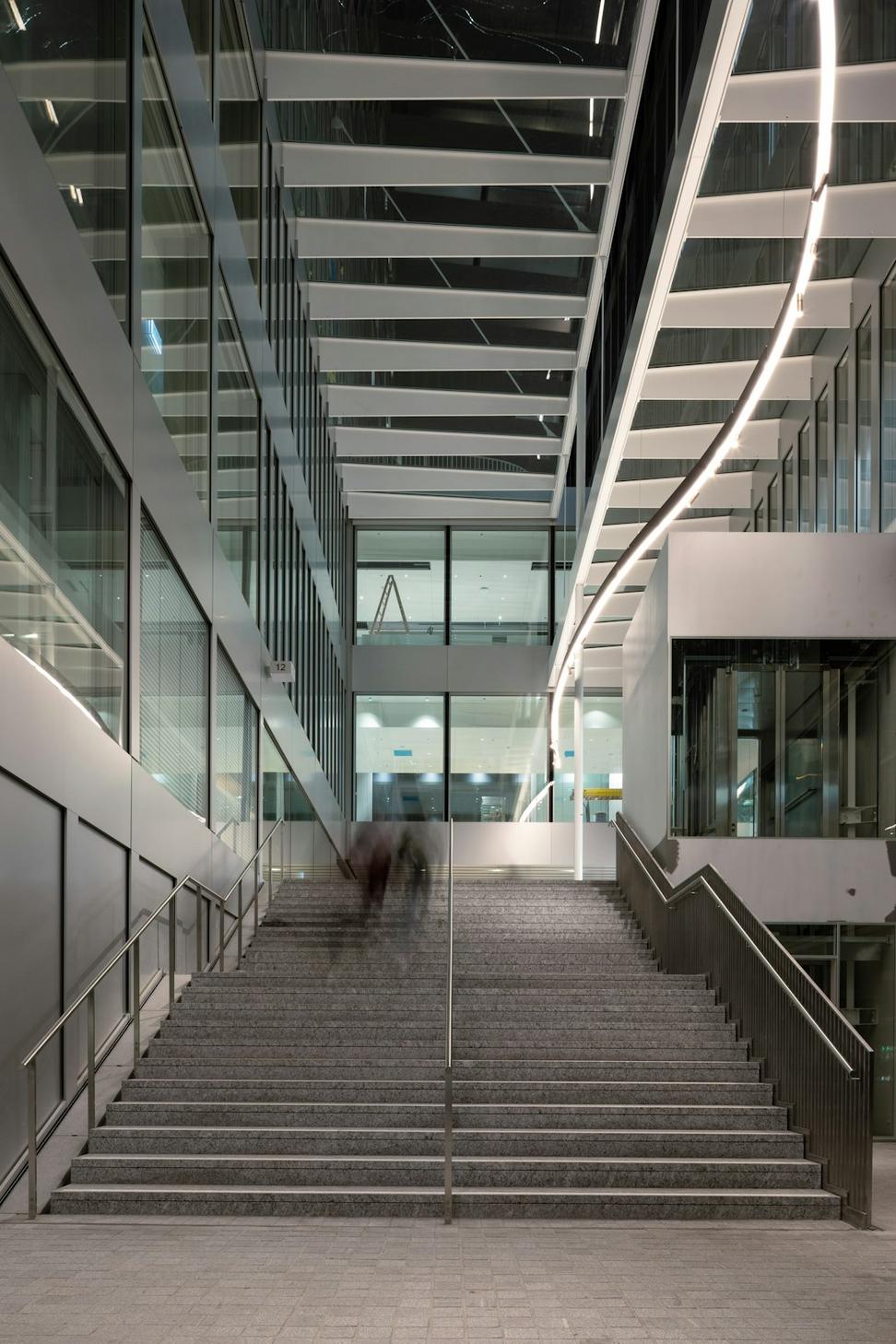
LEED certification isn't just a plaque on the wall—though yeah, those look pretty good. It's a rigorous third-party verification that your building performs better, costs less to operate, and creates healthier spaces.
We've guided clients through Silver, Gold, and Platinum certifications. Each level means different things depending on your goals, and honestly, sometimes Gold makes more sense than Platinum. It's about what fits your project, not chasing the highest tier just because.
Our projects consistently beat BC Building Code requirements by 30-50%. The Kitsilano residential project we wrapped last year? It's using 48% less energy than code minimum.
Vancouver's not exactly hurting for rain, but water infrastructure costs are real. Our designs incorporate low-flow fixtures and rainwater harvesting where it makes sense.
We track embodied carbon in materials and operational emissions. It's not perfect—the industry's still figuring this out—but we're way ahead of baseline.
A word on metrics: These numbers come from actual utility bills and energy modeling software we use. Every project's different—your mileage will vary based on site, budget, and priorities. But this gives you a ballpark of what's achievable.
There's a lot of noise out there about "eco-friendly" materials. Some of it's legit, some's greenwashing. Here's what we actually spec and why.
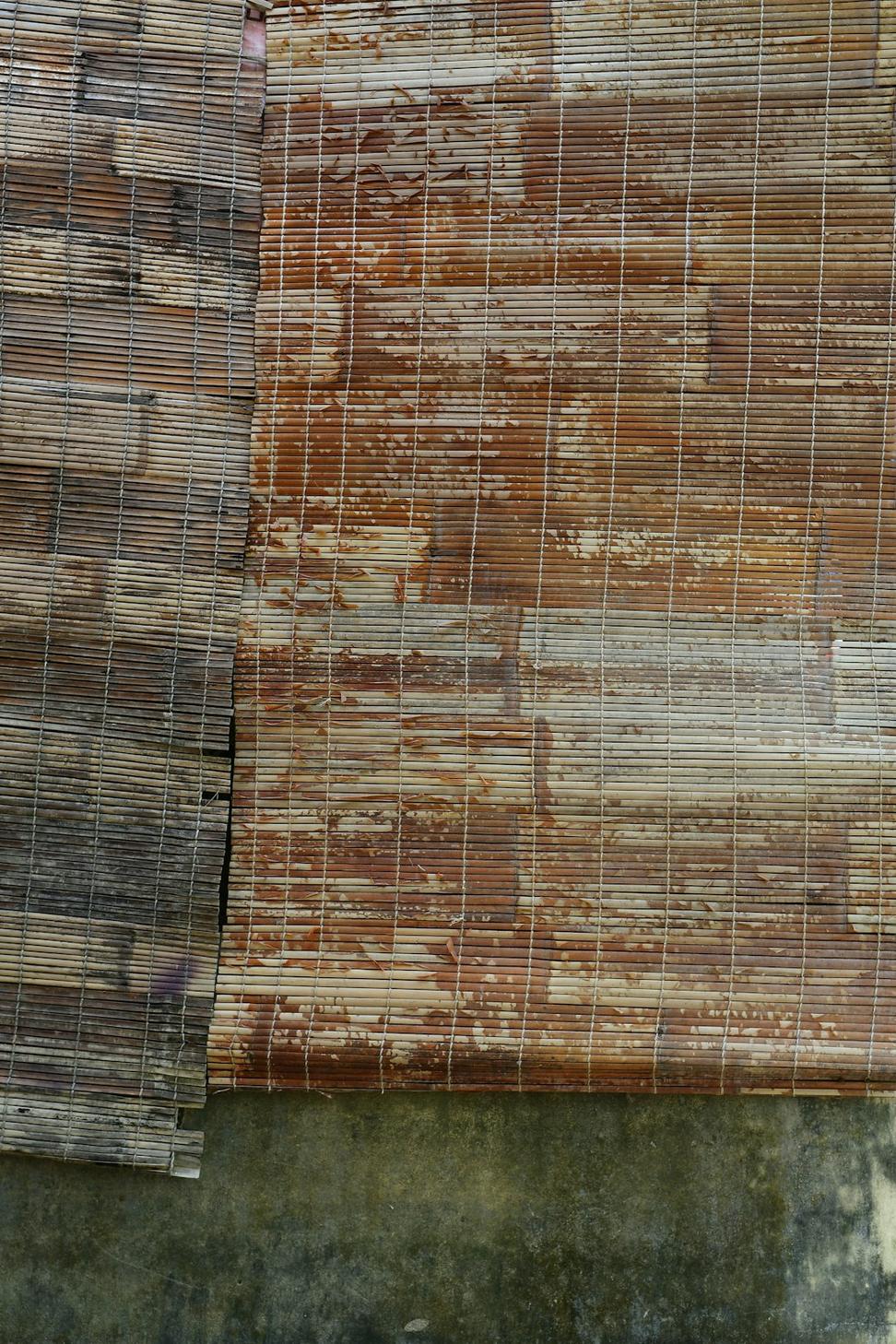
Yeah, it sounds counterintuitive to use wood in fire-resistant design. But engineered timber like CLT actually performs incredibly well in fires—it chars on the outside and maintains structural integrity. Plus, it sequesters carbon instead of emitting it like concrete.
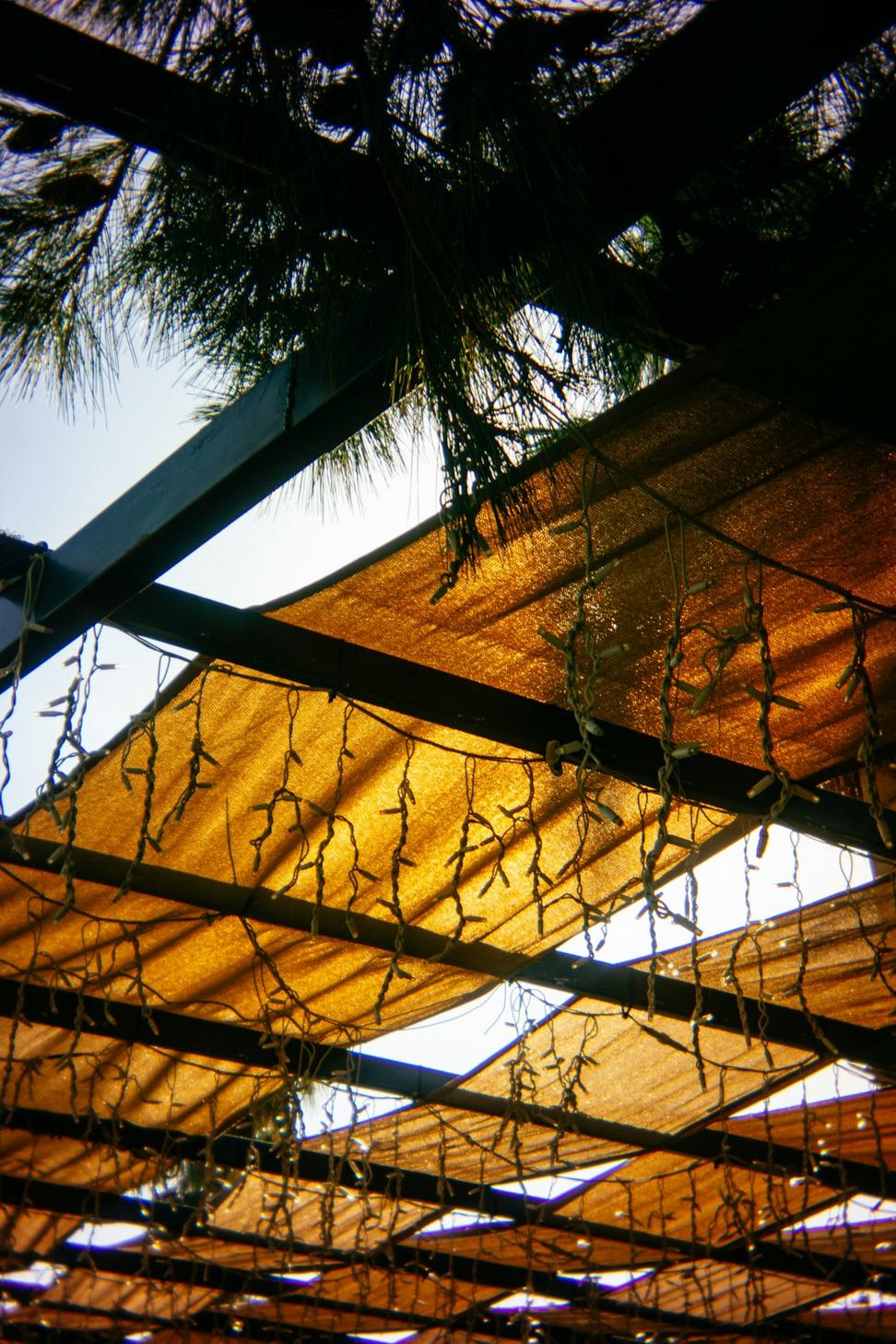
Steel's obviously fire-resistant, and using recycled content cuts embodied energy by about 75%. We're working with local suppliers in BC who can provide high recycled content steel without the premium you'd expect.
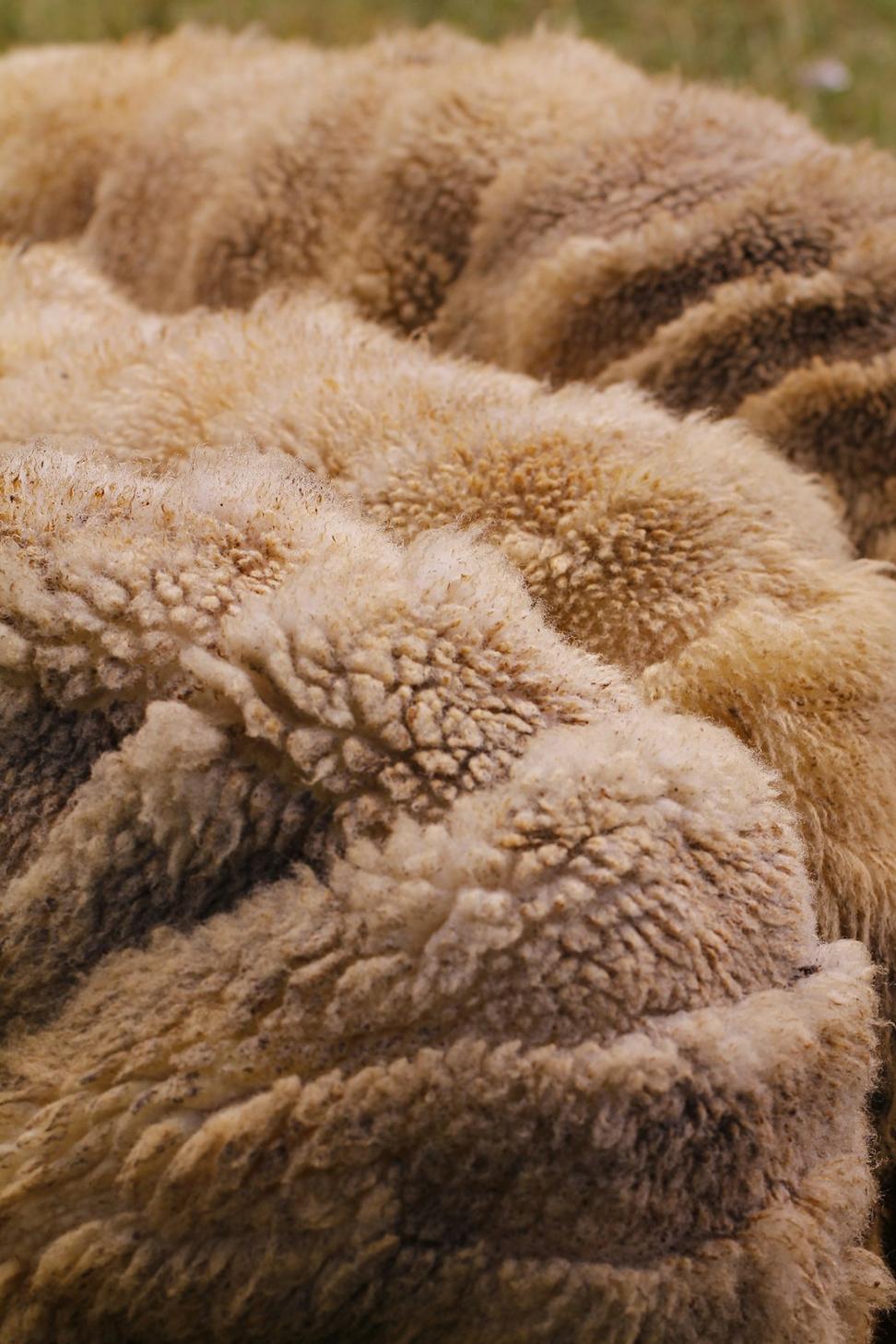
This stuff's a game-changer. Fire-resistant, excellent thermal performance, and made largely from recycled slag and rock. It doesn't off-gas like some foam insulations either, so indoor air quality stays solid.
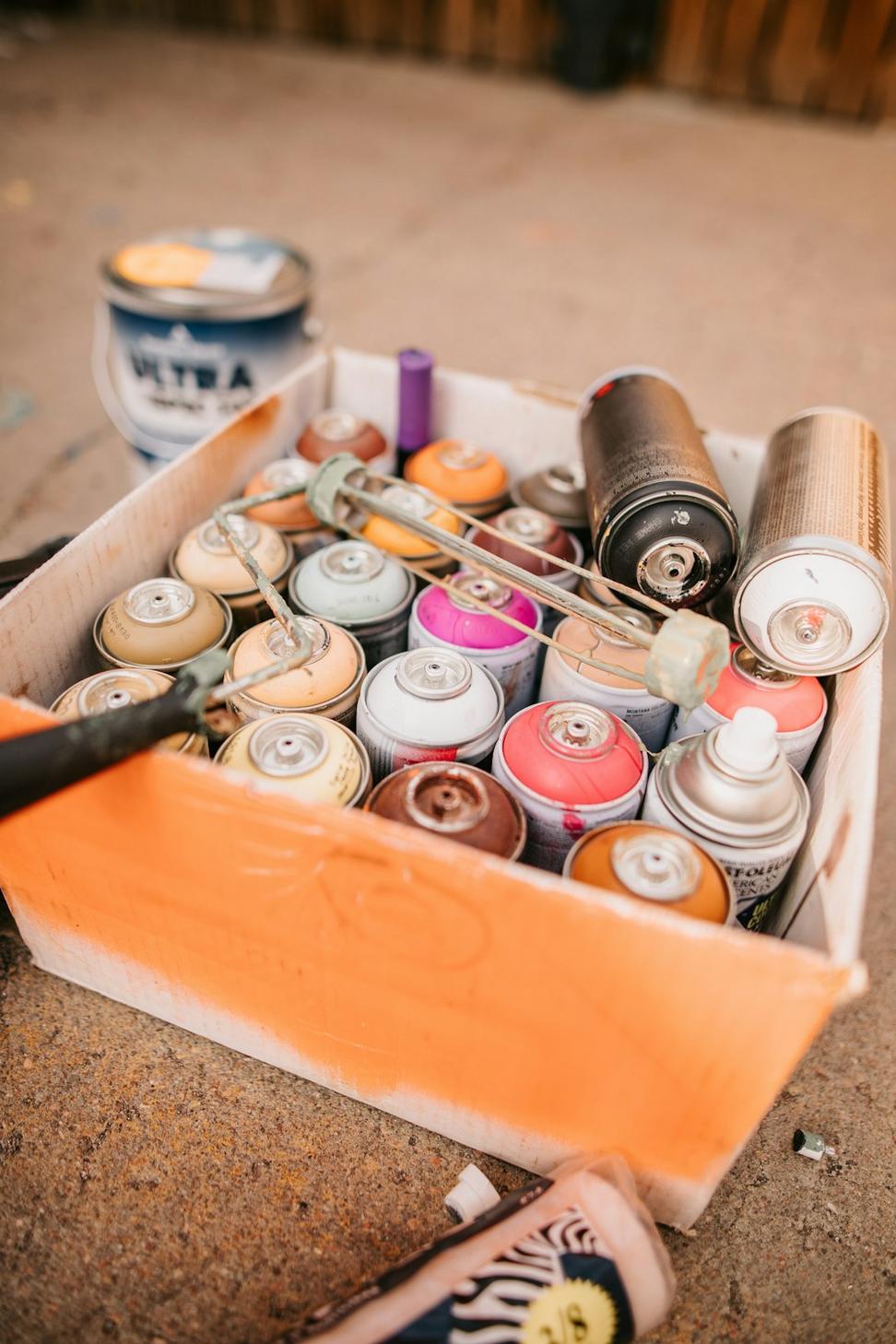
Paints, stains, sealants—all the stuff that makes a building look finished. We spec low or zero-VOC products across the board. They don't cost much more anymore, and your lungs'll thank you.
Whenever possible, we source materials from BC or at least Western Canada. Shipping a granite countertop from Italy might look fancy, but the carbon cost is nuts. We've built relationships with local quarries, mills, and manufacturers who deliver quality without the transportation footprint. Plus, it keeps money in our communities.
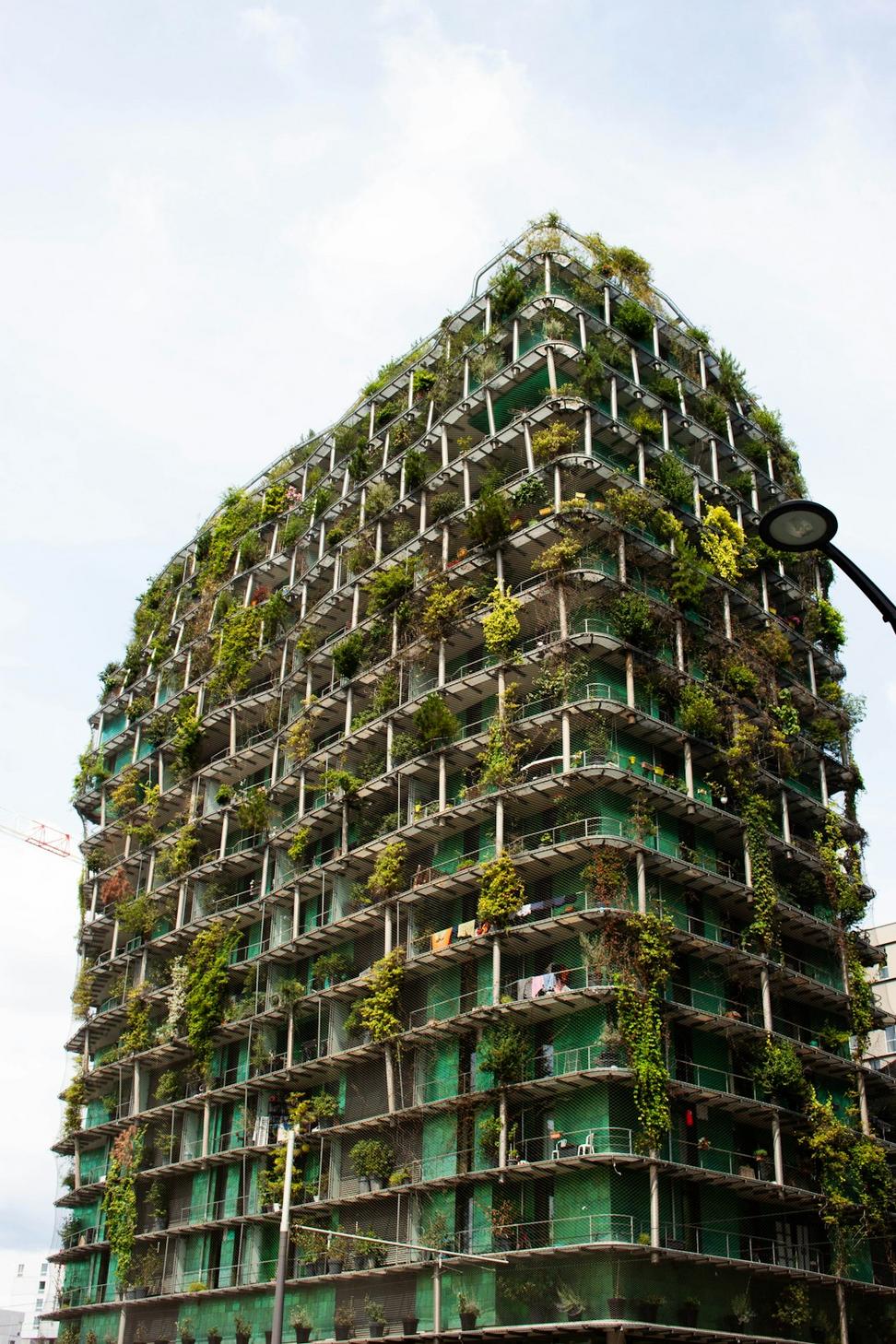
People always assume fire-resistant means heavy, energy-intensive materials. Concrete, steel, masonry—all the stuff with massive carbon footprints. And yeah, those materials have their place.
But here's what we've learned: smart design beats brute force every time. Proper spacing, defensible zones, strategic material placement—these don't cost extra energy or carbon. They just require thinking differently.
We've designed homes that meet wildfire interface standards while achieving LEED Gold. It's not easy, but it's absolutely doable. The key is integration from the start, not tacking on "green features" at the end.
Case in point: Our North Van project from 2023 used CLT construction with mineral wool insulation, achieved LEED Silver, and met the highest wildfire protection standards. Total energy use? 52% below code baseline.
We sit down and figure out what level of certification makes sense for your project and budget. No upselling, just honest advice.
Sustainability gets baked into the design from sketch one. This is way more cost-effective than retrofitting later.
We handle the paperwork. LEED documentation is tedious as hell, but we've done it enough times to make it painless for you.
We work with third-party verifiers to get you certified. Then you get to hang that plaque and enjoy lower utility bills.
Everyone wants to know: does sustainable design cost more? Sometimes yes, sometimes no. Here's the honest answer.
Upfront costs for LEED certification run about 2-7% more than conventional construction. That includes better insulation, more efficient systems, and the certification process itself.
But—and this is a big but—operational savings typically pay that back in 3-7 years. Lower energy bills, reduced maintenance, tax incentives, and higher property values all factor in.
We had a client in West Vancouver who was skeptical about the extra cost. Three years later, his energy bills are half what his neighbors pay, and his property appraised 12% higher than comparable non-certified homes.
The math works. We'll show you the numbers before you commit to anything.
The province offers various rebates and tax breaks for sustainable construction. We'll help you navigate what's available.
Learn MoreNot sure which LEED level makes sense? We've put together a straightforward guide based on our experience.
Download GuideGet a rough estimate of how much you could save with sustainable design. It's not exact, but it'll give you a ballpark.
Try CalculatorWe're designing for the next 100 years—buildings that'll protect your family and respect the planet our kids inherit.
Whether you're looking at residential, commercial, or something in between, let's figure out how to make it sustainable and resilient.